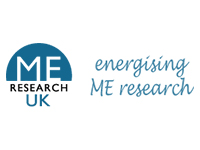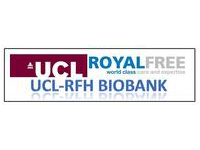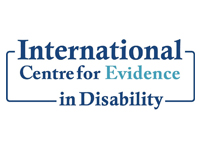Decreased NO production in endothelial cells exposed to plasma from ME/CFS patients
Link to the paper: Decreased NO production in endothelial cells exposed to plasma from ME/CFS patients – ScienceDirect
- Are you surprised by the results?
Certainly, we are (positively) surprised by these findings (Bertinat et al., 2022). This study represents one step forward because it is in line with our previous one, which addressed endothelial dysfunction-related markers in plasma from ME/CFS patients (Blauensteiner et al., 2021).
- Do you think NO production is involved in the post-exertional malaise people with ME suffer? Or how do you think these results relate to symptoms?
This is an interesting question. Nitric oxide (NO) – a gas produced by endothelial cells lining the blood vessels – is well-known to promote vasodilation. This key vascular process allows oxygenated blood to reach our tissues all over the body. It is well-known that NO production increases in response to physical activity in healthy individuals. However, ME/CFS patients might suffer from defective vascular function following exercise (DOI: 10.3390/ijerph18052366). Since post-exertional malaise (PEM) refers to a worsening of ME/CFS-related symptoms after minimal physical exertion, NO might certainly play a role in PEM. Besides its crucial role in the vascular system, NO also serves as a versatile signal molecule at the immune and metabolic levels. Thus, although our findings in vitro showed that plasma from ME/CFS patients reduced the ability of endothelial cells, (ECs) to produce NO, whether this – highly reactive – gas is involved in the debilitating multisystem-related symptoms should be also considered in further studies.
- What does these results mean in terms of finding treatment options?
To our knowledge, these findings provide the first cellular evidence of impaired NO production in ME/CFS at the vascular level. As for potential treatments, an interesting pharmacological target is an enzyme in charge of producing NO – the endothelial isoform of nitric oxide synthase (eNOS) – whose activity was reduced in presence of plasma from ME/CFS patients. Nevertheless, we should interpret our findings with caution. NO is a signal molecule produced as a response to multiple stimuli. An interesting example to better understand how this signal transduction is carried out is by comparing NO with an amplifier. A radio station has an antenna that emits radio waves (external signal), a radio (transducer) increases the strength of the signal (amplifier) to finally convert the original radio waves into sound waves (response). Our findings explored a simplified system involving a radio station (plasma from ME/CFS patients), a radio (ECs,) and an amplifier (NO). Interestingly, listening to music is possible by using different devices (smartphones, conventional radios, TV, among others). In our body, there are different types of endothelial cells that produce (emit) NO (amplifier) with different patterns. Our study used human umbilical vein endothelial cells (HUVECs) which have been extensively used in vascular biology research. Additionally, the listeners of the sound waves are vascular smooth muscle cells (VSMCs) which upon receiving the amplifier (NO) they increase the diameter of the vessels promote vasodilation (response). Although our findings did not evaluate the association among the radio (ECs), the sound waves (NO) and the listener (VSMCs) further studies involving this proposed experimental design might provide new pharmacological for treating endothelial dysfunction in ME/CFS.
- Are you planning another study on endothelial cells?
We are interested in exploring whether the defective eNOS-dependent NO levels are correlated with increased reactive oxygen species (ROS) production in endothelial cells exposed to plasma from ME/CFS patients. We based our assumption given that ROS leads to endothelial dysfunction by reducing the vascular bioactivity of NO in several diseases.
- What are the next steps?
Over the next months, we aim to expand the existing evidence of endothelial dysfunction in ME/CFS by analyzing several biochemical pathways and metabolites responsible for NO production. This new project is supported by Solve ME/CFS Initiative (USA) and will be carried out using samples from the UK ME/CFS Biobank (UKMEB).
- Can you say anything about the use of the ME/CFS biobank samples? Why you chose to use them? The usefulness of the biobank as a resource? How the Biobank collection facilitated your work?
Late 2018 our research group received an “award to enable the study of human tissue samples / clinical data for biomedical research into ME/CFS”. This excellent opportunity – I saw posted on Twitter – along with the financial support from ME Research UK (MERUK) were crucial to initiate our research line in ME/CFS. We are also grateful to patients for donating their blood to UKMEB, the ME/CFS community who raised funds to facilitate the UKMEB projects and the ME/CFS Society Austria (Österreichische Gesellschaft für ME/CFS, CFS-Hilfe) for supporting our research grant applications.







